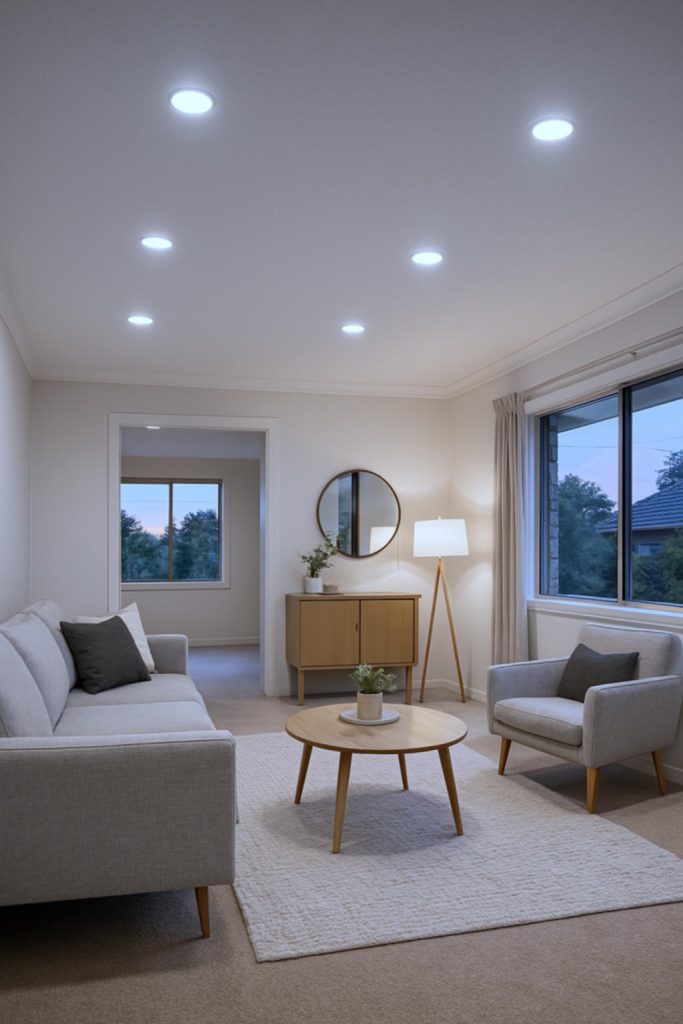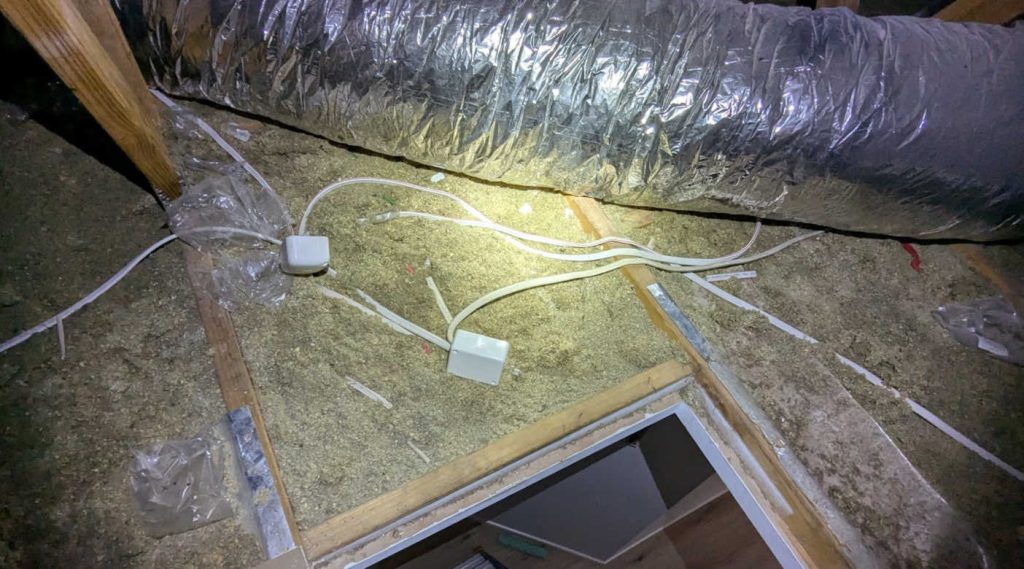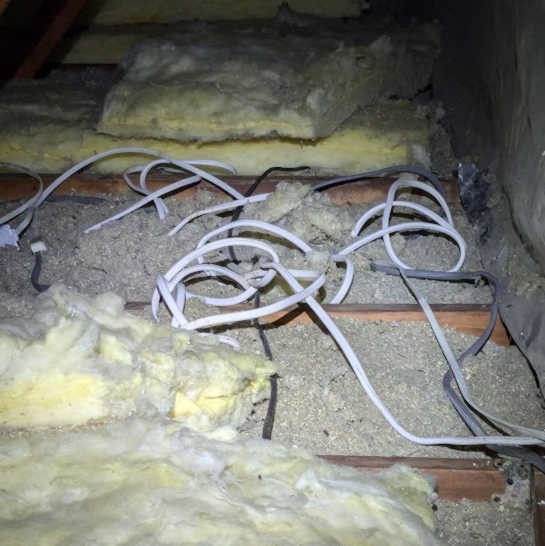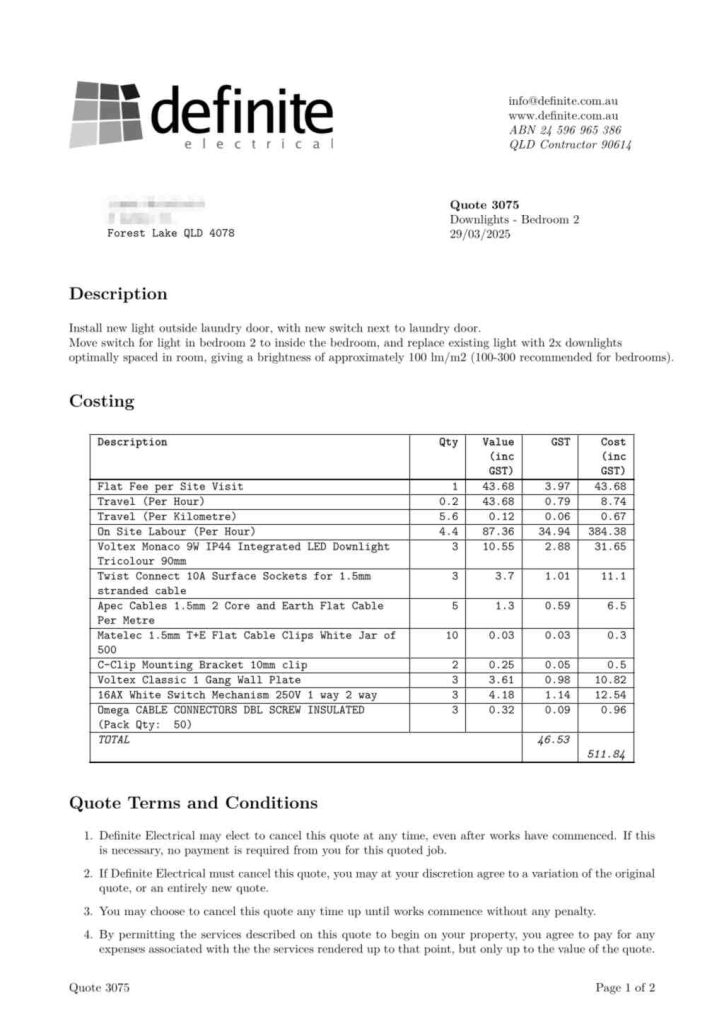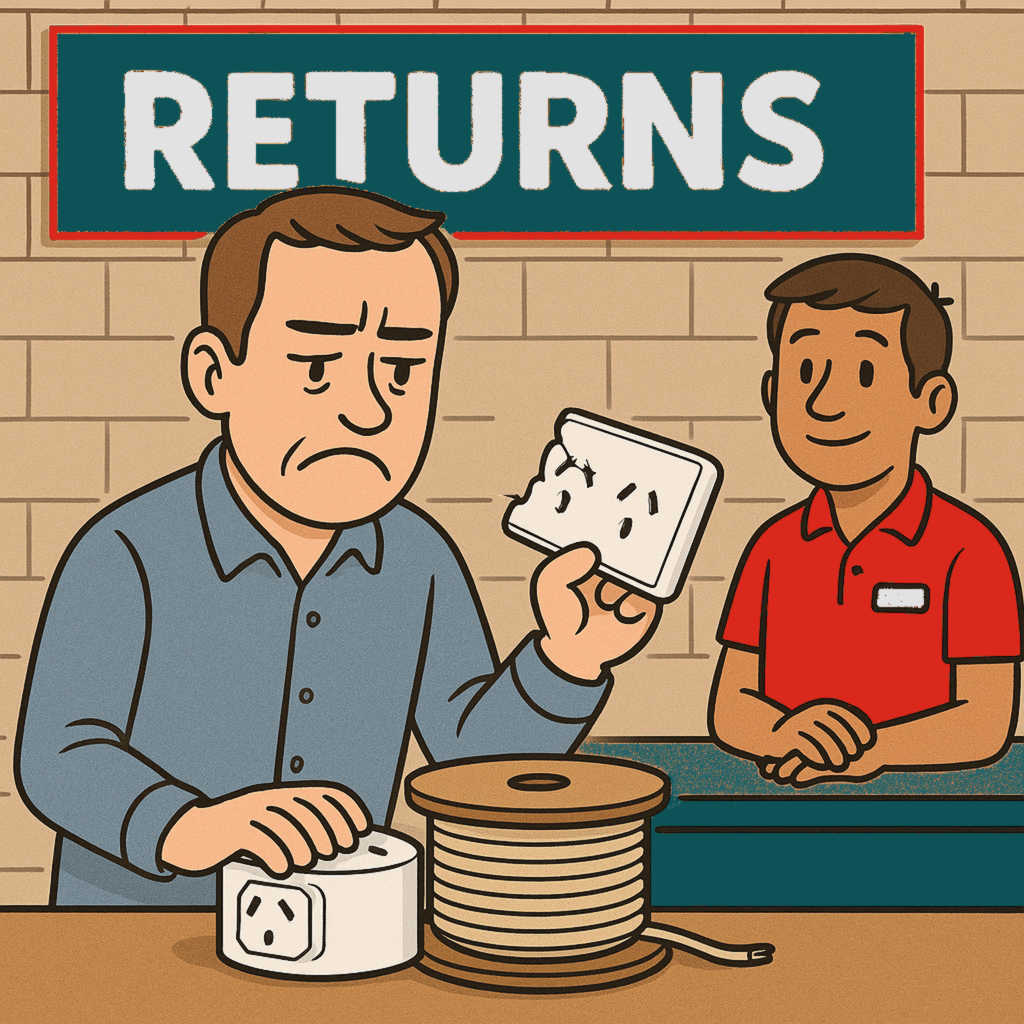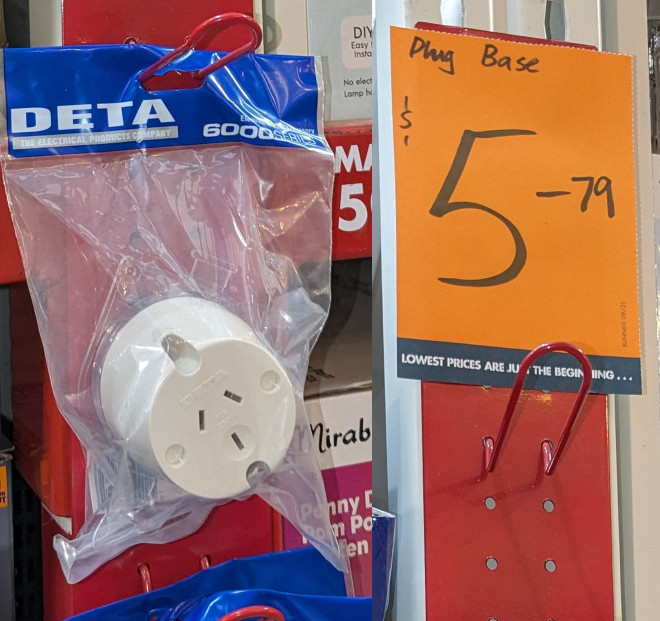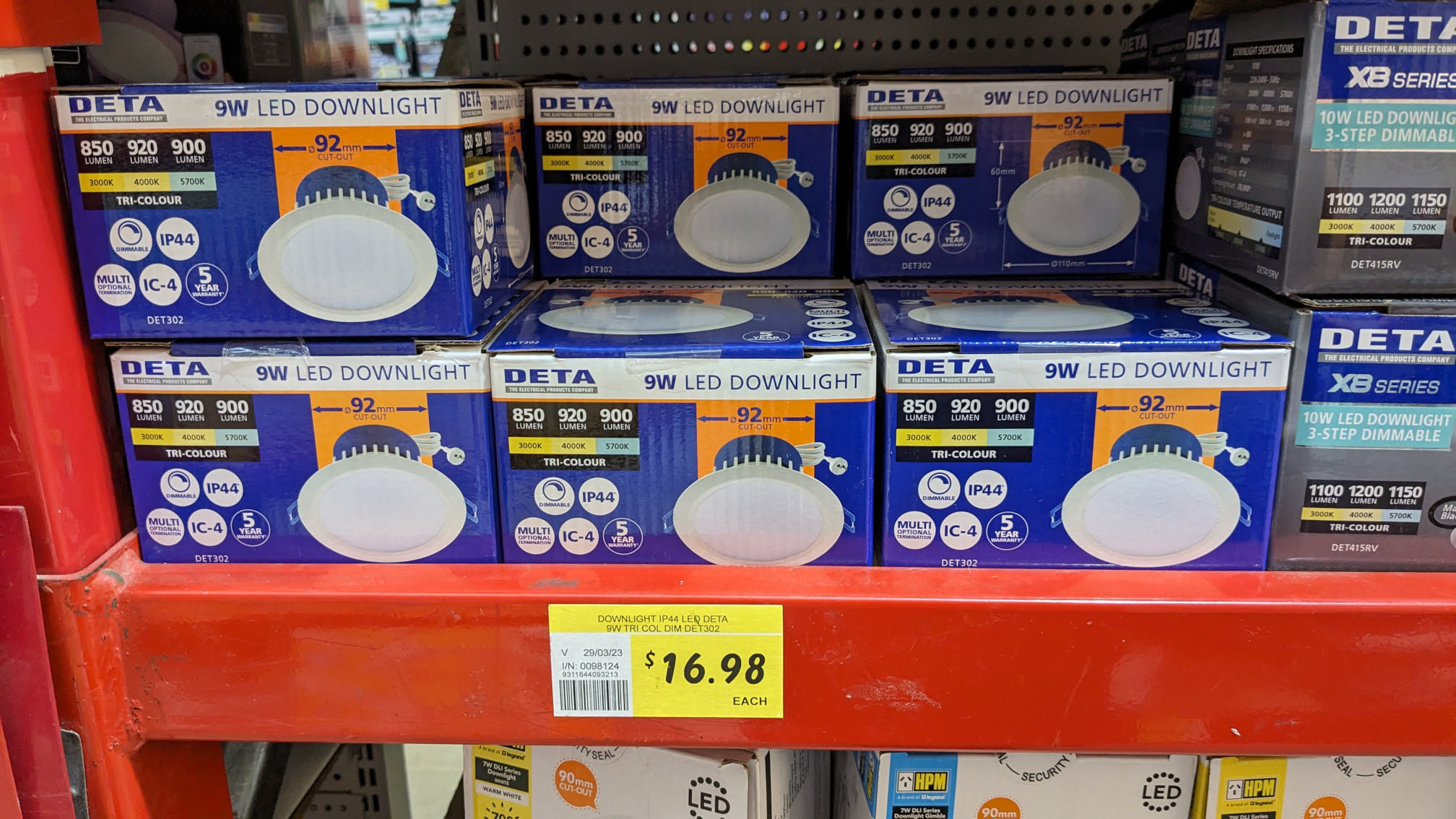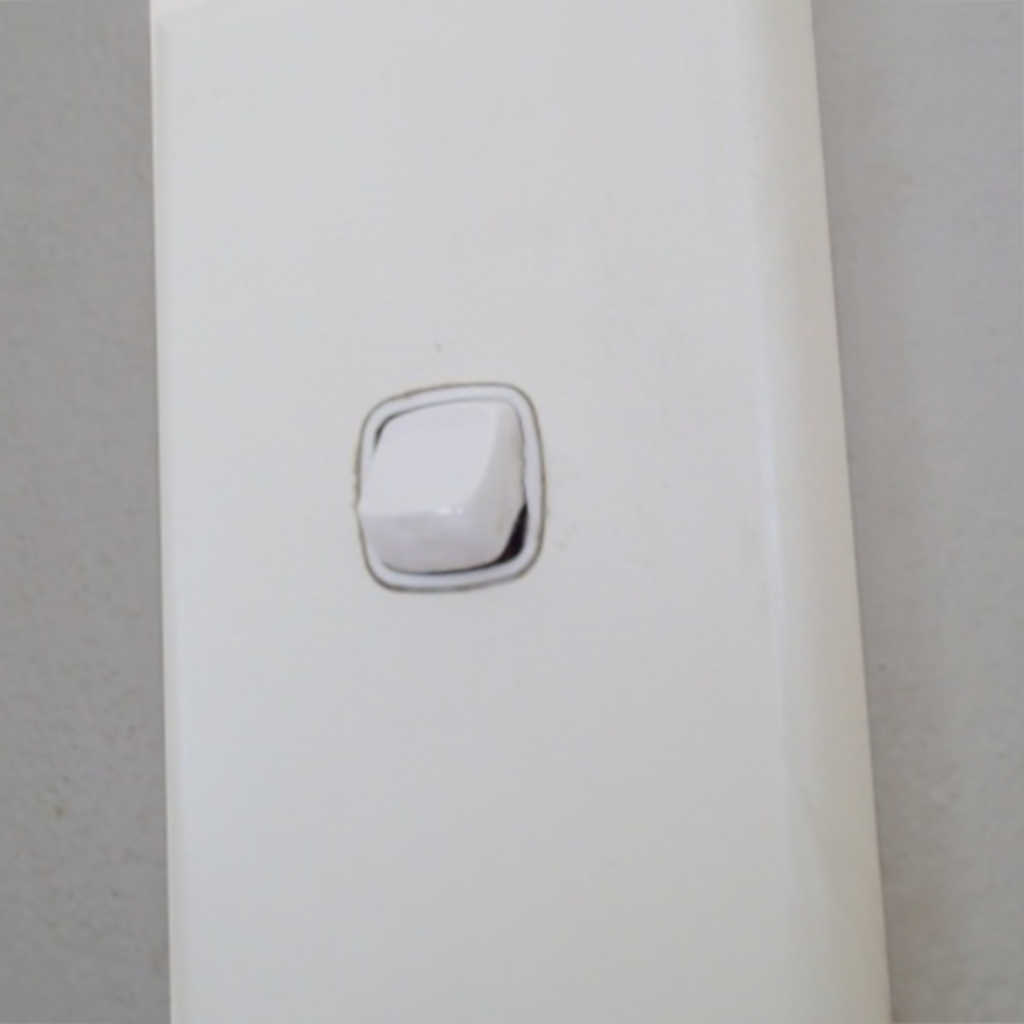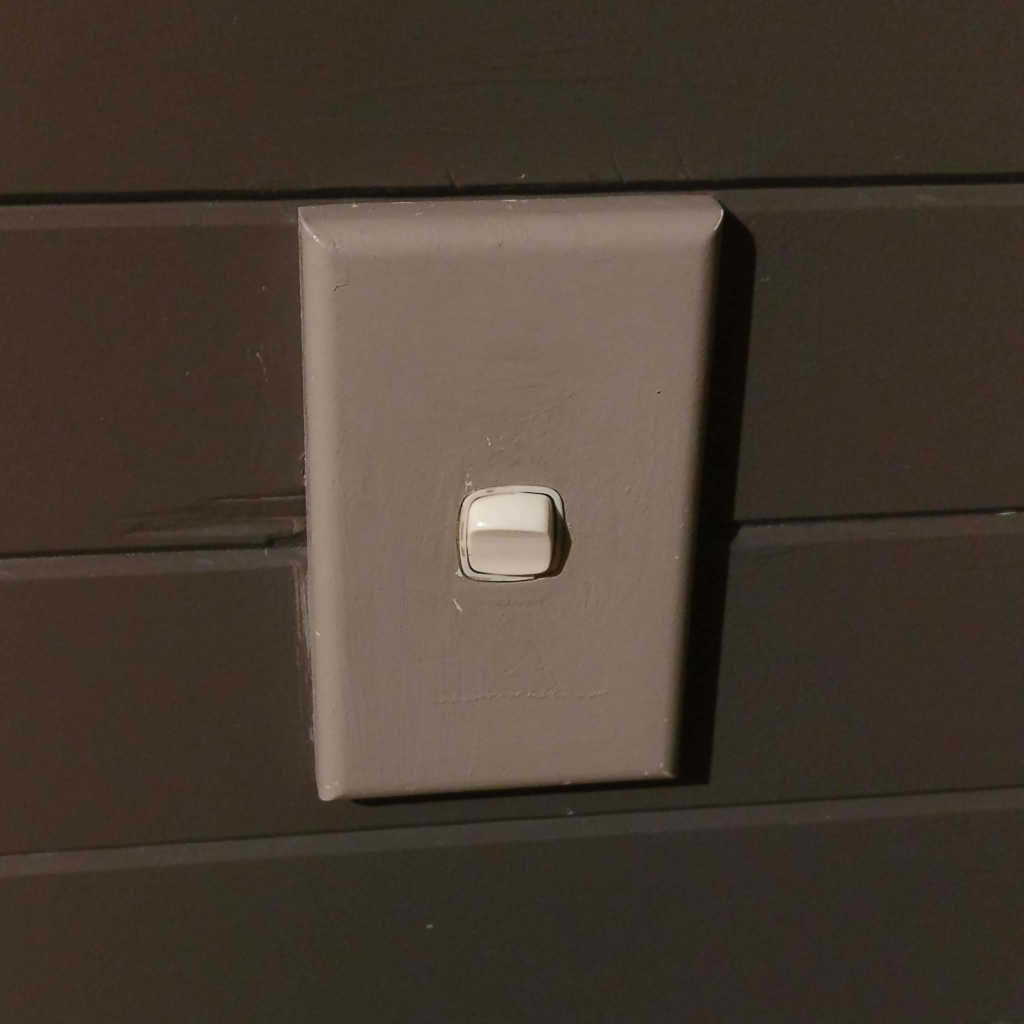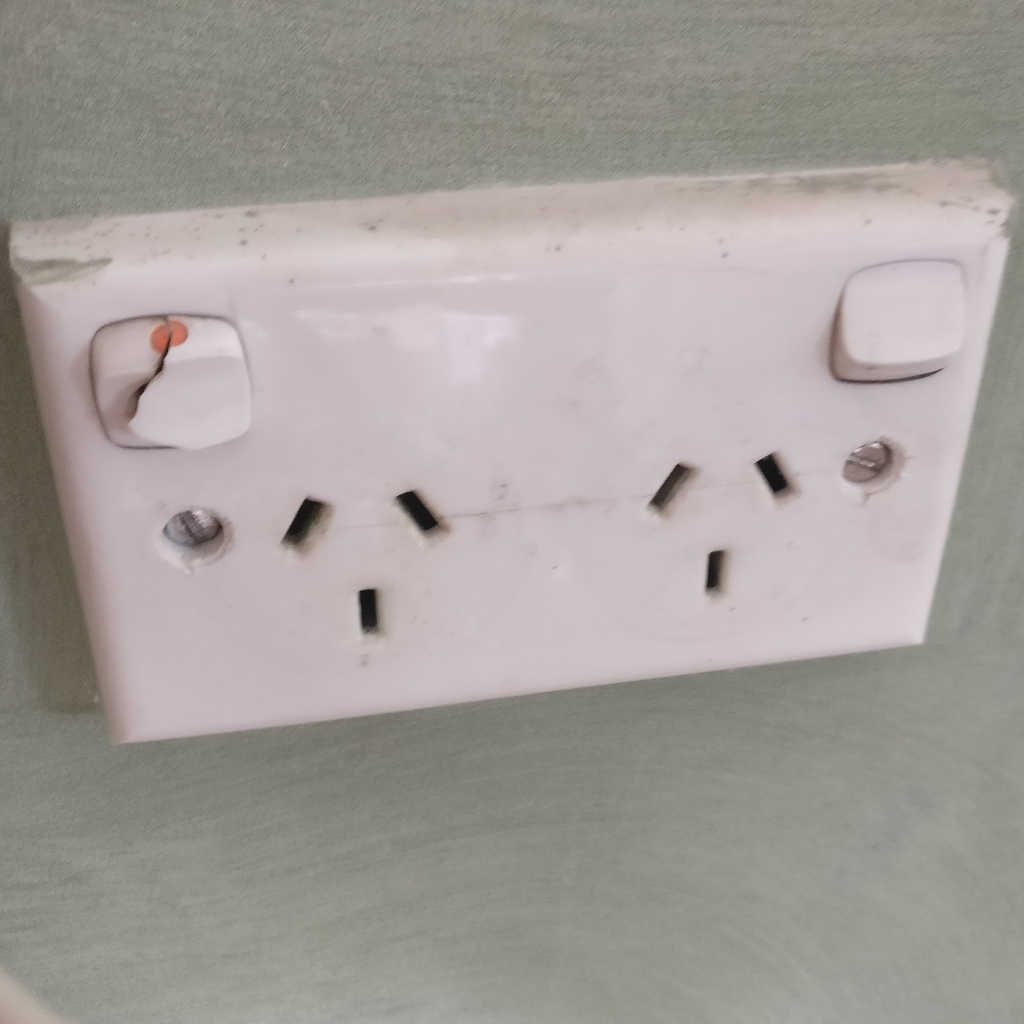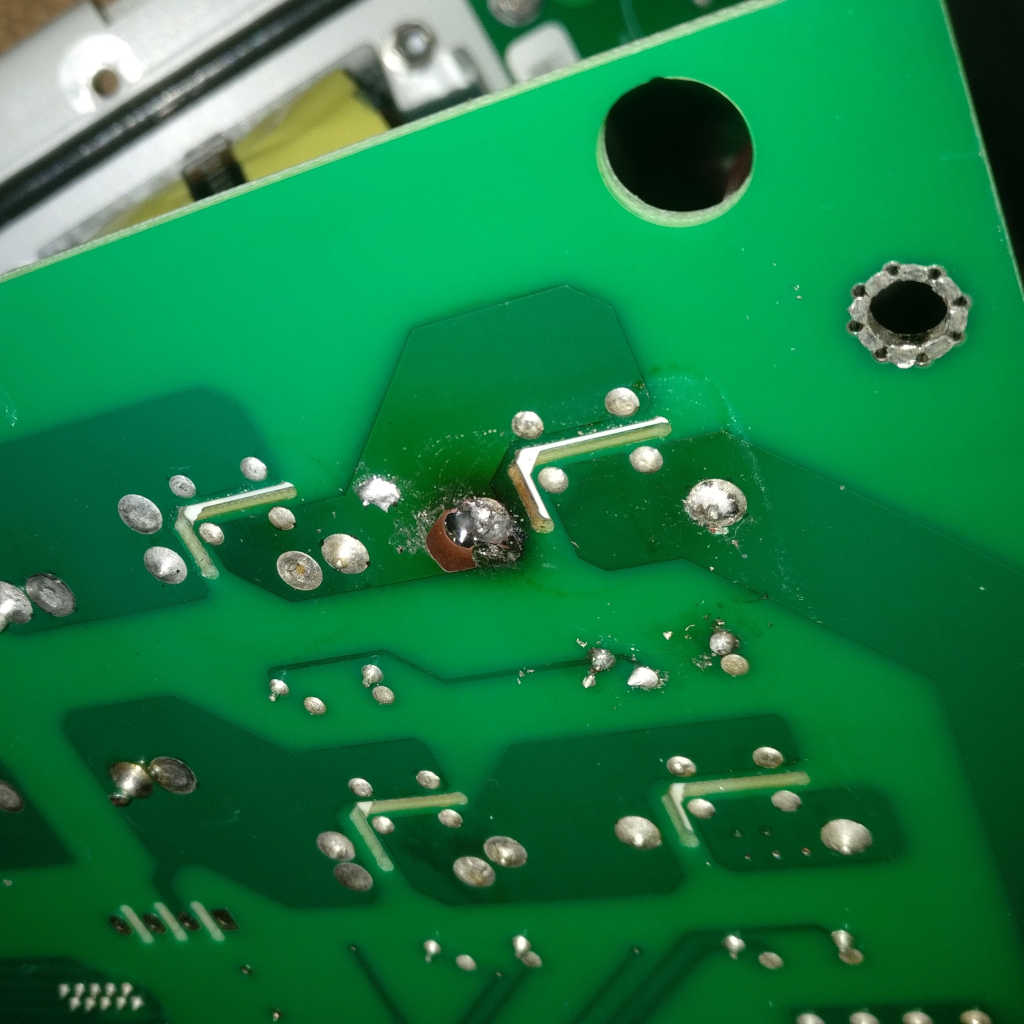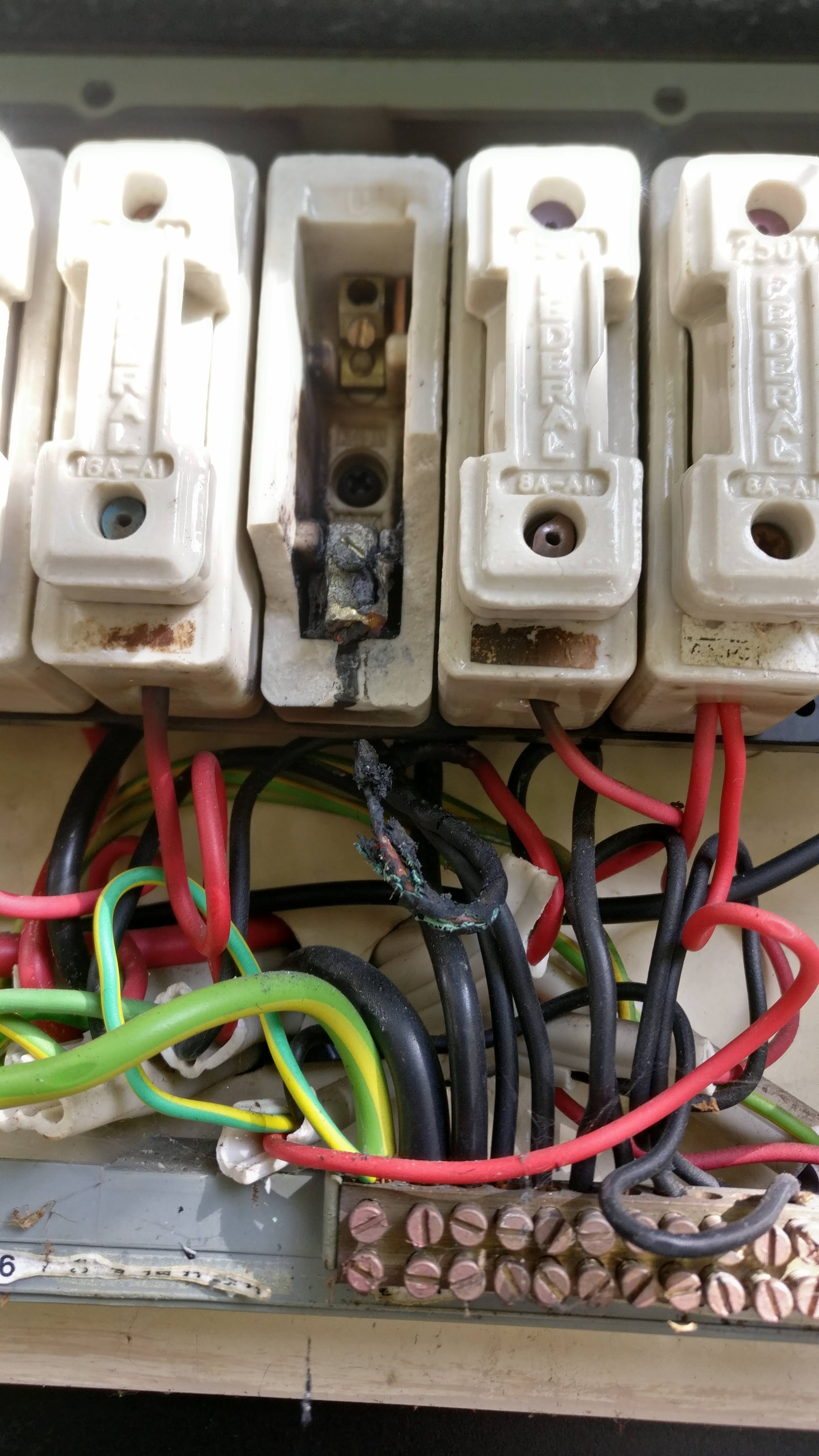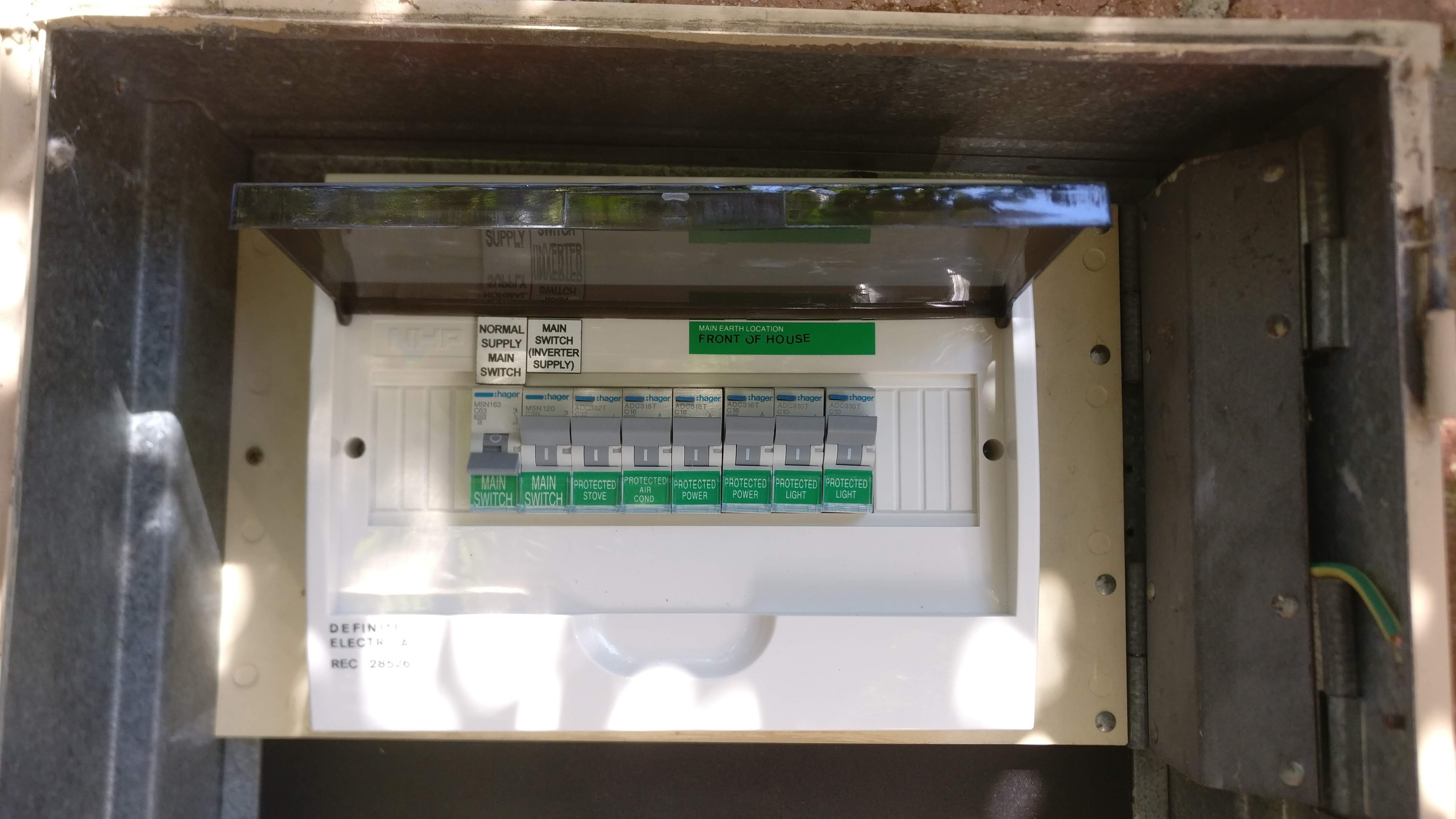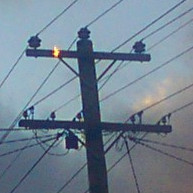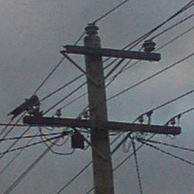We live in a throwaway society. With the cost and scarcity of those able to perform domestic appliance repairs, rarely is it economically viable to repair domestic appliances, especially fixed appliances that require a licenced electrician to uninstall and reinstall.
So when a ceiling fan is:
- slow to get moving
- barely blowing on high
- humming like a swarm of angry bees
it must be time to replace it – right?
Most clients I have worked for, and even electricians I have worked with, will come to this conclusion without even realising it. The thought of repair is never even entertained. Yet in the vast majority of cases, a repair should be the obvious answer. Let me explain.
A Small Fix with Big Results
When a fan is slow and it’s motor noisy, the issue almost always comes down to a small component smaller than a matchbox – the run capacitor. Over time, this component will lose it’s capacitance, and the fan will gradually lose performance.
Replacing the run capacitor typically takes 30-45 minutes, with usually less than $10 in parts. Much cheaper than buying, assembling, and installing a whole new fan and controller.
Consider some advantages of repairing your fan over replacing it:
- Cost: Similar labour time to a replacement, but a fraction of the total price.
- Sustainability: Replace a 3 cm component instead of an entire fan and it’s packaging.
- Consistency: If the failing fan is a visual match to other working fans in the home, there’s no need to search the country for an identical replacement, or worse, look at the “sore thumb” of a fan that’s different to all the rest.
Combine Repairs and Save More
The economics stack up even better when fan repairs are done in conjunction with other electrical work — or when fixing several fans in the same home. Because capacitor failures are so common, where fans are of the same age and model, it’s typical for every fan in a property to have the same problem. One visit can bring them all back to life efficiently and affordably.
When Replacement Makes Sense
There are times when replacing the fan is worthwhile – for instance, if you’d like a new design, a remote control, an integrated light, or it’s rusty. Definite Electrical can handle that too. But before you toss out a working fan, it’s worth asking whether a quick repair could do the trick.
Book a Repair Today
If your ceiling fan is puffed out, book a repair with Definite Electrical. You may be pleasantly suprised just how little it costs to get your fan’s puff back.



